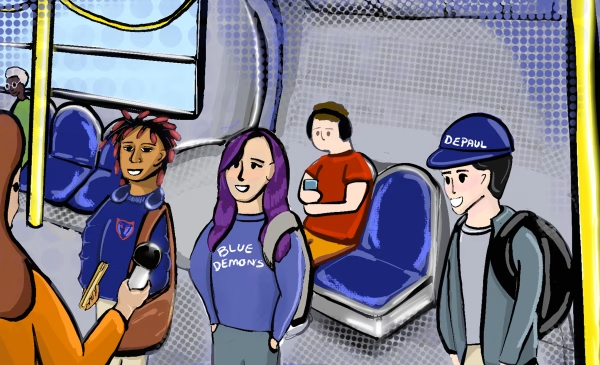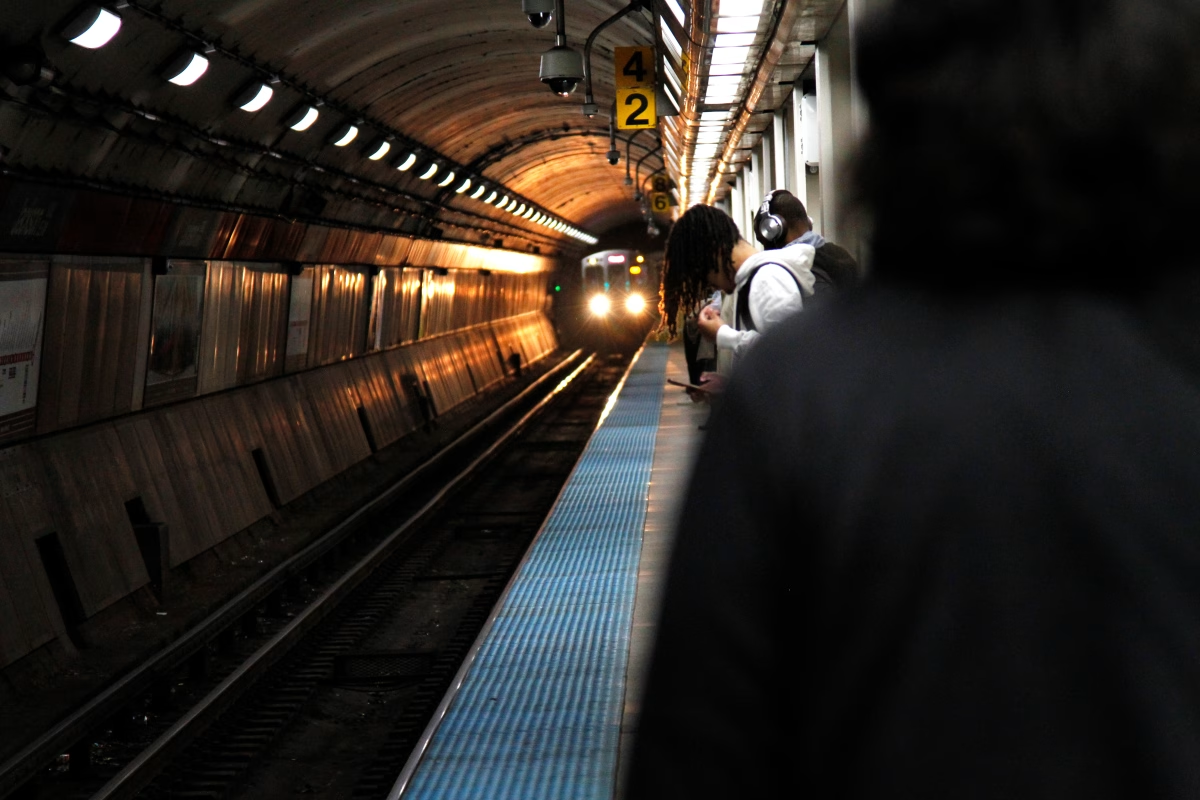The Chicago Transit Authority recently began testing security technology from an artificial intelligence security company as a part of ongoing efforts to address gun violence. The tech, from company ZeroEyes, is already in place at 250 locations throughout the city and relies on AI-captured images of brandished firearms coupled with human verification to reduce the occurrence of violent crime and shorten law enforcement response times.
According to the CTA media relations department, the system being tested “aims to provide rapid notification, including a photograph of any individual brandishing a firearm, gun type and specific location.”
Last Wednesday, a man was shot in the shoulder on the Red Line, and the deadly shooting of four people on the Blue Line on Sept. 2 made national news.
The ZeroEyes AI software, also in use at Navy Pier, only scans for brandished, or displayed, firearms. If a weapon is detected, images are sent to response centers where the images are analyzed, and if necessary, authorities are contacted. The process is designed to shorten law enforcement response times, according to the CTA.
“Ensuring the safety and security of our riders and employees is our number one priority at the CTA, and this pilot allows us to explore how new technology may be able to support these efforts,”CTA President Dorval R. Carter Jr. said in a statement.
While the CTA has emphasized this technology is not used for facial recognition, some are doubtful.
Stephen Ragan, an American Civil Liberties Union of Illinois spokesperson and advocacy team member, worries that the technology could be used “for the full range of surveillance uses, including face recognition and forensic search.”
The ACLU of Illinois has raised additional concerns regarding the execution and public awareness of the pilot program between the CTA and ZeroEyes.
“The tech is only effective at identifying a visible gun, which does nothing to prevent against an incident until the weapon is brandished,” Ragan said. “We are also extremely concerned that this technology was adopted in a secret unilateral decision without any transparency or public debate.”
According to Ragan, the contract between the CTA and ZeroEyes did not require CTA board approval because the cost of the contract was under a $250,000 spending threshold.
The CTA spokesperson confirmed that the contract did not require board approval, but said the “technology has been fully discussed with the board.” The spokesperson also referenced the statement to notify the public that the transit agency would be testing the technology.

But Ragan doesn’t think the public is aware of the pilot program.
“Putting us all on notice that we are being surveilled would not end the surveillance or the associated harms or make it more palatable,” Ragan said. “But it would at least serve the purpose of putting potential bad actors on notice that they are also being watched.”
The CTA plans to use the technology from ZeroEyes and continue its partnership with the Chicago Police Department. Plans going forward include maintaining the CTA’s security camera network and continuing to investigate reported customer and employee issues throughout the system.
“This ZeroEyes pilot is just an added layer of security. ZeroEyes is expected to enhance the overall safety by enabling quicker responses to potential threats,” a CTA spokesperson added, emphasizing the lack of facial identification software and human verification of images performed by former military and law enforcement professionals.
“CTA is constantly seeking out, testing and implementing new technology in an effort to increase the safety of our passengers and employees,” the CTA spokesperson said.
Philadelphia’s Southeastern Pennsylvania Transit Authority ended a similar pilot program with ZeroEyes after the technology proved incompatible with their existing analog cameras.
Despite assurances from the CTA, some commuters are hesitant to support the pilot initiative.
“The lack of public input concerns me, as many CTA users have no other transportation options,” Christa Sullivan, a DePaul junior, said. “I think CTA riders have better insight to what would be more helpful than people … who may or may not actually utilize the CTA in day-to-day life.”
The year-long contract between ZeroEyes and the CTA will run until the summer of 2025 but the partnership could be extended if deemed a success.
Related Stories:
- Chicago removes ShotSpotter as the clock strikes midnight
- To sit or to stand: Why CTA etiquette is so important
- Lyft follows Uber with new pilot program to increase safety for drivers
Support Student Journalism!
The DePaulia is DePaul University’s award-winning, editorially independent student newspaper. Since 1923, student journalists have produced high-quality, on-the-ground reporting that informs our campus and city.
We rely on reader support to keep doing what we do. Donations are tax deductible through DePaul's giving page.


